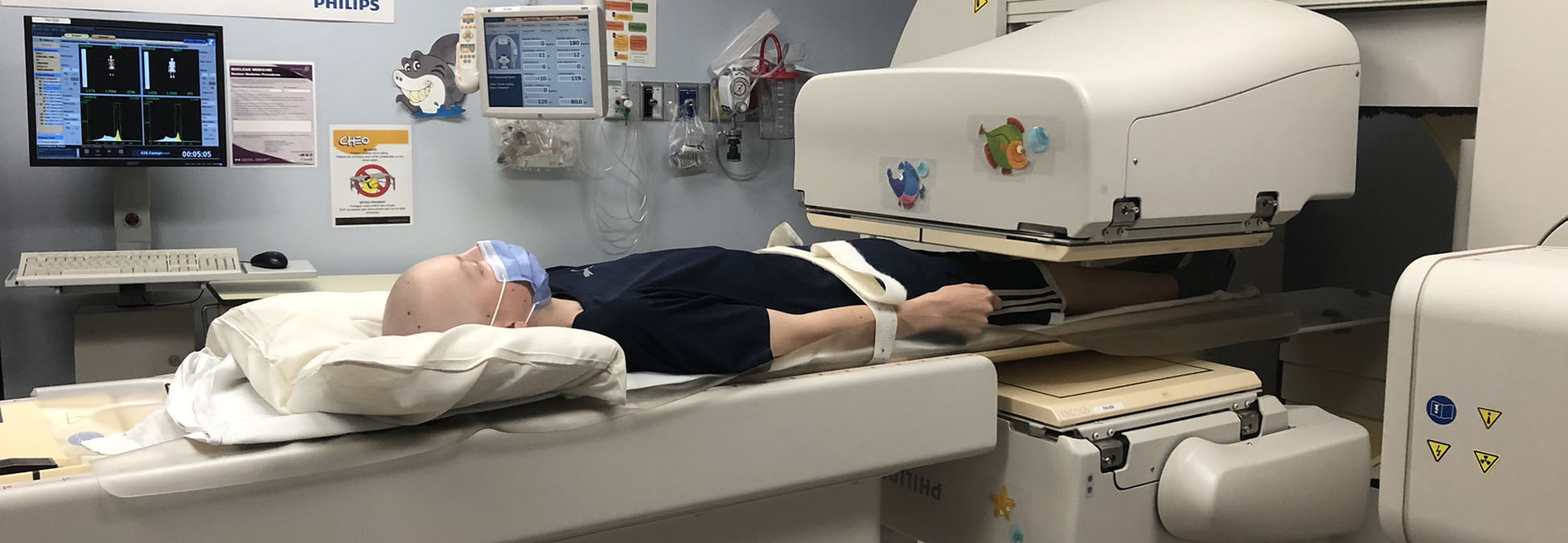
All about Ewing sarcoma — and its namesake
James Ewing was just 14 when he was diagnosed with osteomyelitis, an infection of the bone. It was 1880, and he spent the next two years in bed recovering, during which time he dug into his studies, thanks to a dedicated tutor, and even won a microscope. What he didn’t know at the time was that bones and microscopes would come to define his life.
Ewing developed an early fascination with medicine, and specifically pathology, and pursued a medical degree at the College of Physicians of New York. Ewing went on to teach medicine and volunteered during the Spanish-American war treating patients before settling into a professor appointment in 1899 that gave him access to research labs at the New York Memorial Hospital — now known as the Memorial Sloan-Kettering Cancer Center.
In 1920, Ewing described a form of bone cancer that had similar symptoms to osteomyelitis. It came to be named Ewing sarcoma.
Ewing used a microscope to diagnose his own bladder cancer and died of the disease at 76. While his impact extends far beyond this one discovery, Ewing sarcoma’s naming is a small recognition of one of the early pioneers of cancer research.
What is Ewing sarcoma?
Ewing Sarcoma is primarily a pediatric cancer — meaning it occurs in children — but it can happen at any age. More specifically, this cancer is most common between the ages of 10 and 20, when the bones are still growing quickly. And while it can start anywhere in the body, it usually starts in the legs or pelvis, and usually begins in the cells in bones, or more rarely, in the soft tissues around bones.
A Canadian surgical first at The Ottawa Hospital using VR technology
What causes Ewing sarcoma?
Ewing sarcoma is not hereditary; it cannot be passed down. However, genetics do appear to play a role. When certain chromosomes exchange material, a gene called EWS can get “switched on” and cause an overgrowth of cells that leads to Ewing sarcoma.
Ewing sarcomas make up approximately 1% of all childhood cancers. Those assigned male at birth get it more frequently than those assigned female, and it’s far more common in white and Hispanic people than those who are Black or Asian.
How is Ewing sarcoma treated?
A combination of treatments may be used to treat Ewing sarcoma based on a number of factors — from patient age to where the tumour is located to how far it has spread, if it has spread. Chemotherapy is almost always the first step to shrink any tumours, and surgery to remove the tumour and radiation therapy are other common treatments.
The five-year survival rate for Ewing sarcoma is nearly 80%, however, if the cancer has metastasized, or moved to more than one location, the rate is 20–30%. Nearly one third of patients will have a recurrence within those five years.
The future of Ewing sarcoma
The prognosis for Ewing sarcoma has improved significantly over the past 50 years. The five year survival rate for localized tumours in 1973 was just 44%. Researchers are working to build on that success through experimental treatments with immunology (harnessing a patient’s own immune system), epigenetics (looking at how a patient’s environment affects the expression of their genes), and targeted therapies that selectively attack cancer cells.
When you support The Ottawa Hospital, you support the work of scientists like those who are looking to change the outcomes for Ewing sarcoma patients.




